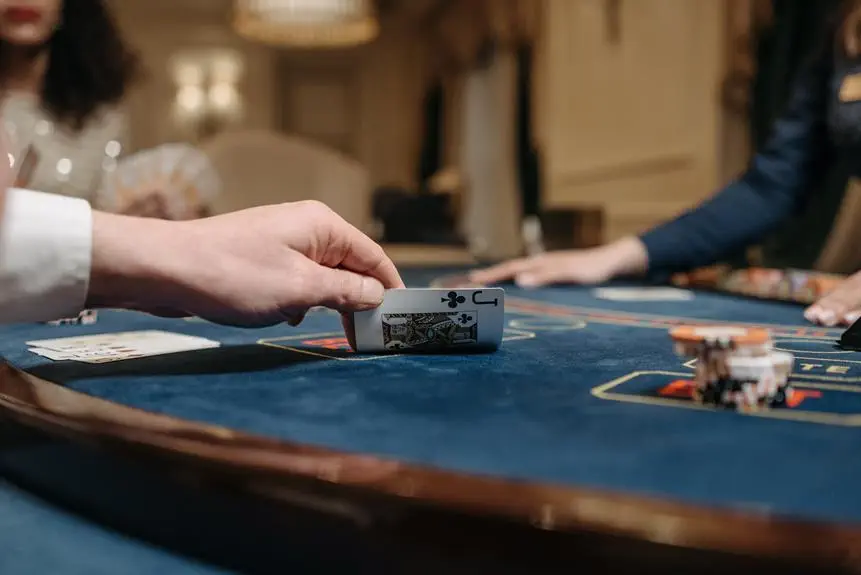Curious about the excitement and cultural depth of the Highland Games? This Scottish tradition is a fascinating mix of sports, fun, and heritage, offering more than what you’d initially perceive. It extends beyond weight-throwing and bagpipe-playing and provides an intriguing insight into a timeless culture that’s still vibrant today. Stick with us as we delve into the history, the spectacle, and the pure enjoyment of these games, and understand their enduring appeal over several centuries.
Understanding the Highland Games
To truly value the Highland Games, it’s crucial to understand its deep-rooted history, beginning from its birth in 1031 during the rule of King Malcolm III. It has grown from being a clan contest for the strongest warriors to its present-day management by the Scottish Highlands Games Association (SHGA).
The Highland Games hold significant cultural importance. They serve as a lively display of Scottish heritage and mirror the robust spirit of the clans who once strived for respect and honour. The games embody the core of traditional sports such as the caber toss and shot put, sports which have remained relevant across generations.
Presently, under the supervision of the SHGA, more than 60 events mirror the athletic rivalry of the past, with prize money surpassing two hundred and fifty thousand pounds. Renowned gatherings such as the Ceres Games, Cowal Highland Gathering, and Braemar Gathering further intensify the cultural impact of these games. With roots deeply embedded in history and an active role in the present, the Highland Games are an exciting display of tradition and athleticism, a tribute to the relentless Scottish spirit.
Historical Overview of the Games
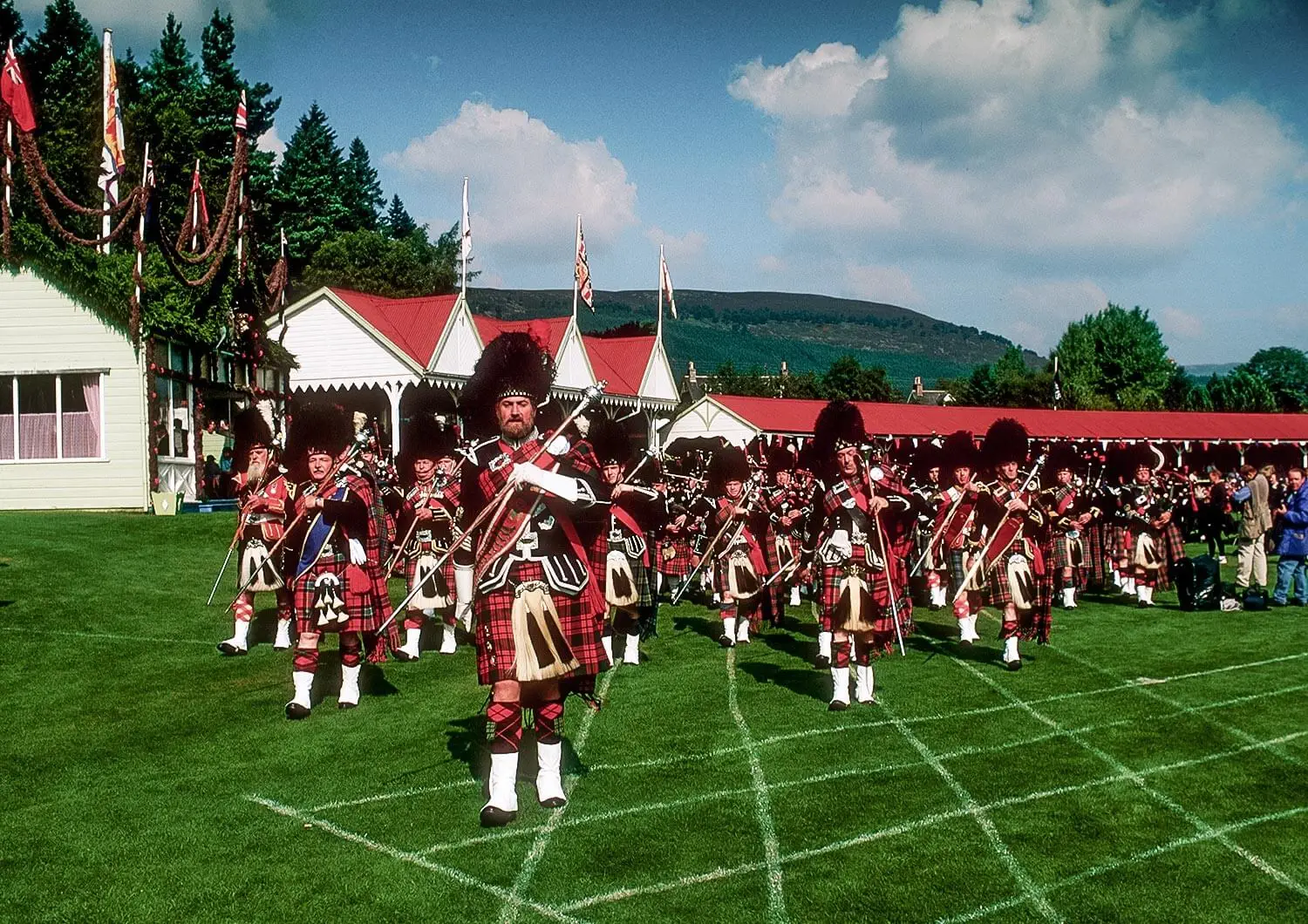
Examining historical records, one finds that the Highland Games, a bright and lively representation of Scottish culture and strength contests, originated in the 11th century, commencing with King Malcolm III’s foot race. The progressive development of these games offers an intriguing perspective into the cultural relevance of this unique custom.
- The Ceres Games, a significant historical event, have been upholding Scottish tradition since the 1800s, earning the title of the oldest continuous event.
- During the 1700s, the Games faced a prohibition, but later underwent a resurgence, transforming into a worldwide observance of Scottish culture.
- The esteemed Braemar Gathering, which regularly attracts the Royal family, serves as an example of the variety of events organized all over Scotland.
- The role of the Highland Games in Scottish history is quite apparent, with iconic elements such as kilts, piping, and Highland dancing being central to the celebrations.
These games are not just about demonstrating physical prowess. They symbolize the unwavering spirit of the Scottish people, honour their rich past, and rejoice in the liberty they hold dear. The games have continued to progress over time, adding to their cultural relevance.
Key Events in Highland Games
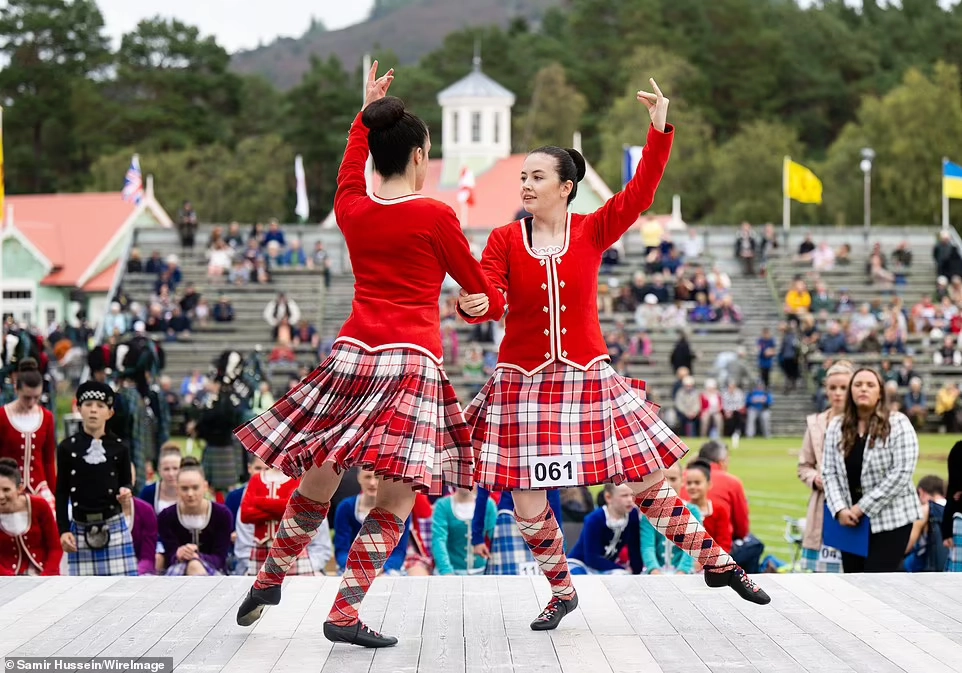
The Braemar Gathering remains a highly recognized event in the Highland Games, attracting the Royal Family yearly. It’s one of many events deeply rooted in traditional sports and cultural festivities.
Highland Games are held across the expanse of Scotland, encompassing cities, towns, villages, and islands. Each venue presents a distinct mix of music, dance, piping, fiddling, and clarsach performances. The table below provides a brief overview of the primary events:
| Event | Description |
|---|---|
| Braemar Gathering | An esteemed event graced by the Royal Family |
| Piping Competitions | Traditionally, a competition among pipers from various clans |
| Highland Dance Performances | A lively showcase of traditional Scottish dance |
These events offer a chance to delve into the rich cultural tapestry of Scotland. The competitive spirit of the clan chieftains coupled with the lively performances of Highland dancers and pipers, make the Highland Games an unforgettable cultural spectacle. Each event encourages a sense of liberation, providing a unique approach to experiencing Scotland’s abundant heritage.
The Role of Food and Entertainment
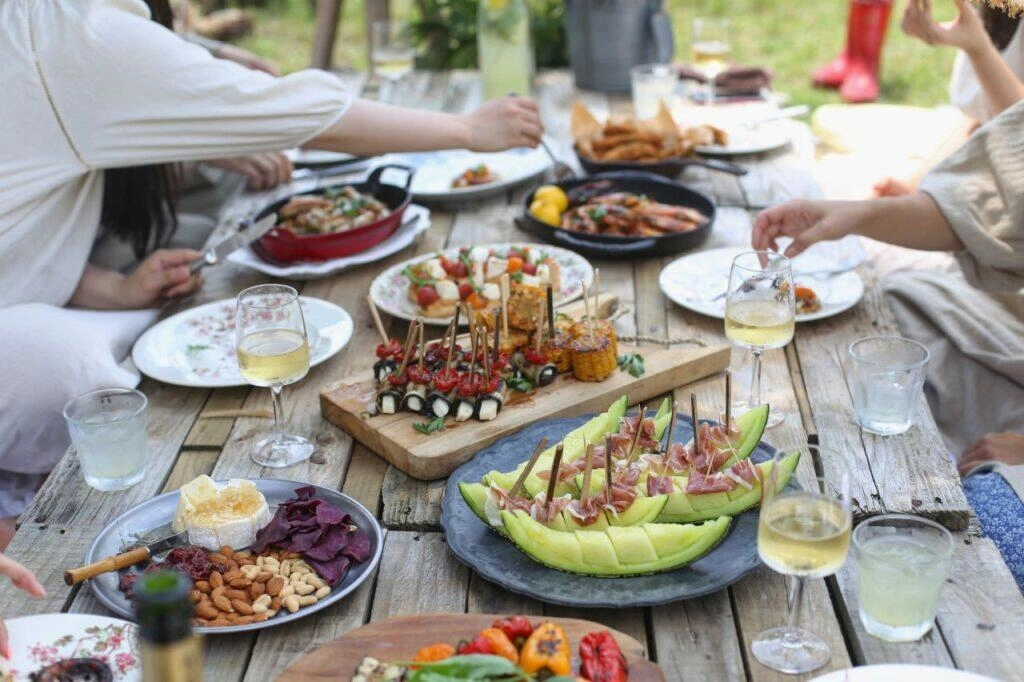
The Highland Games offer more than just intense sports and engaging performances, they present an opportunity to savor genuine Scottish cuisine and an array of entertainment choices. You’ll get the chance to enjoy the unique taste of Scotland, featuring robust haggis, tender Aberdeen Angus steaks, and delightful local delicacies.
To complement your meal, there is a selection of Scottish beverages available. You might enjoy a measure of whisky, a taste of gin, or perhaps a glass of traditional Scottish beer.
But the Highland Games offer more than just food and drink. Entertainment here is just as varied and enriching. Here are some things you might encounter:
- The captivating sounds of live bagpipe music.
- Cultural performances that honor Scottish traditions.
- The rhythmic movements of traditional Highland dancing.
- Local crafts and art, offering a tactile aspect to your experience.
The environment is suitable for all ages, with activities for everyone. So, if you’re craving adventure and a sampling of Scottish culture, consider visiting the Highland Games. It’s an experience you will remember.
Participants in the Highland Games
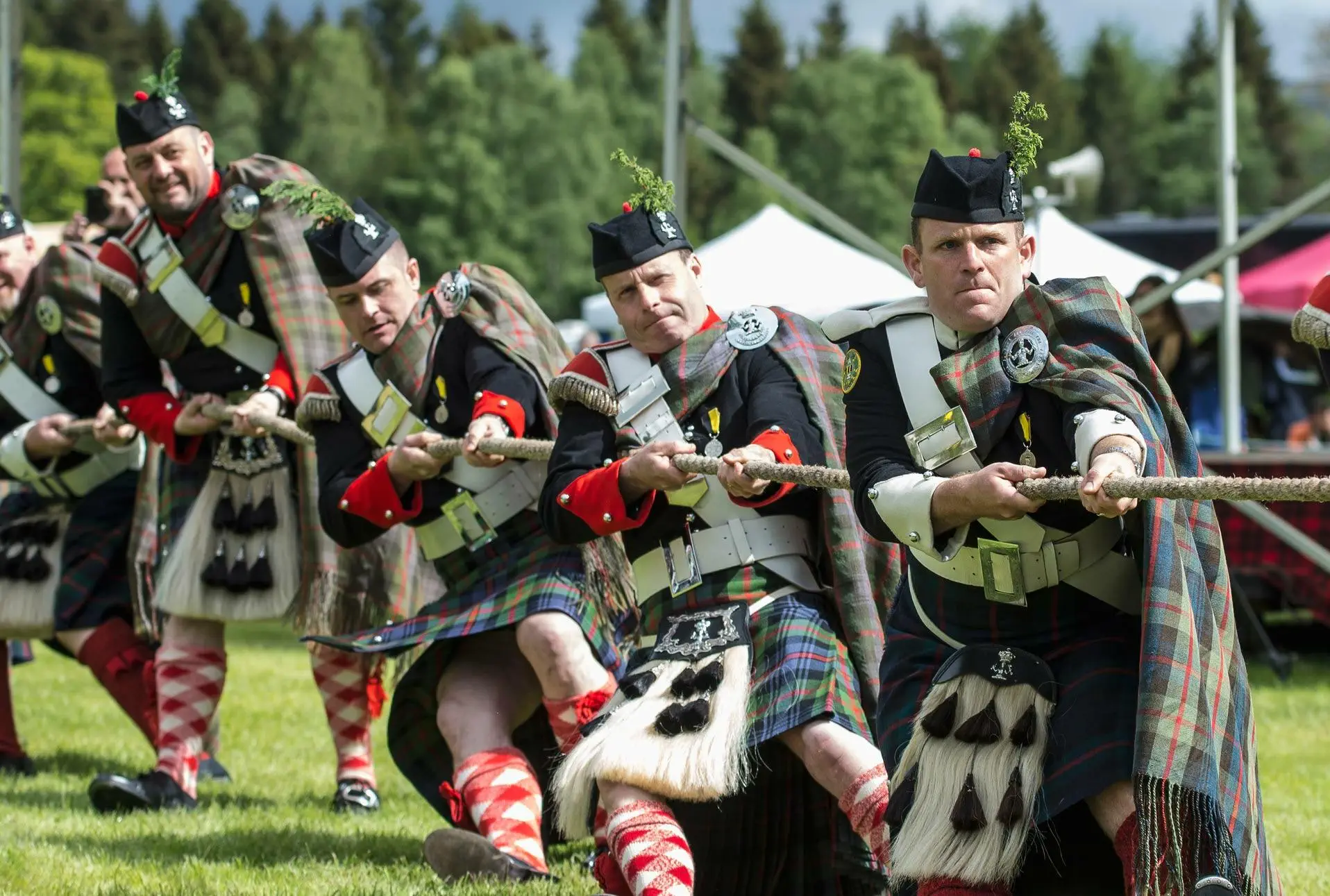
Participants in the Highland Games are the lifeblood of this Scottish event, serving various roles that add to its cultural richness. These roles are filled by athletes, dancers, musicians, and those who come to observe the spectacle.
The athletes are the competitive soul of the games, participating in traditional Scottish sports such as the caber toss, hammer throw, and tug o’ war. The spirit of friendly competition and camaraderie among them is palpable.
Dancers and musicians lend their talent to the event, performing traditional Highland dances and music. Their performances are a celebration of Scottish heritage, adding a cultural dimension to the games.
Spectators, on the other hand, are not merely observers. They are active participants, sharing in the thrill of the games and absorbing the rich tapestry of Scottish culture on display.
To understand it better, here is a synopsis of the roles played by the participants:
| Participants | Role in the Games |
|---|---|
| Athletes | Participate in traditional Scottish sports |
| Dancers & Musicians | Provide traditional Scottish dances and music |
| Spectators | Participate in the experience, absorbing the culture |
The charm of the Highland Games is in this blend of athleticism, cultural display, and audience engagement.
Cost and Accessibility Details

The Highland Games offer a unique mix of culture and sport, but it’s equally crucial to consider factors like cost and accessibility. The Games are not just exciting, they’re also fairly priced and available to all.
- The range of ticket options is broad and adaptable. Entrance fees usually vary from £5 to £20 per person, dependent on the event and location. These tickets can often be bought in advance online, which is practical and can often provide package options for multiple days or group price reductions.
- The Games aim to include everyone, with facilities and services created to cater to all needs. There are specific parking zones, facilities accessible by wheelchair, and support for visitors with disabilities.
- To promote family participation, price reductions or free entry are frequently offered for children under a specific age.
- Many events offer shuttle services or public transport options to make it simpler for you to reach the event location.
The Global Impact of Highland Games
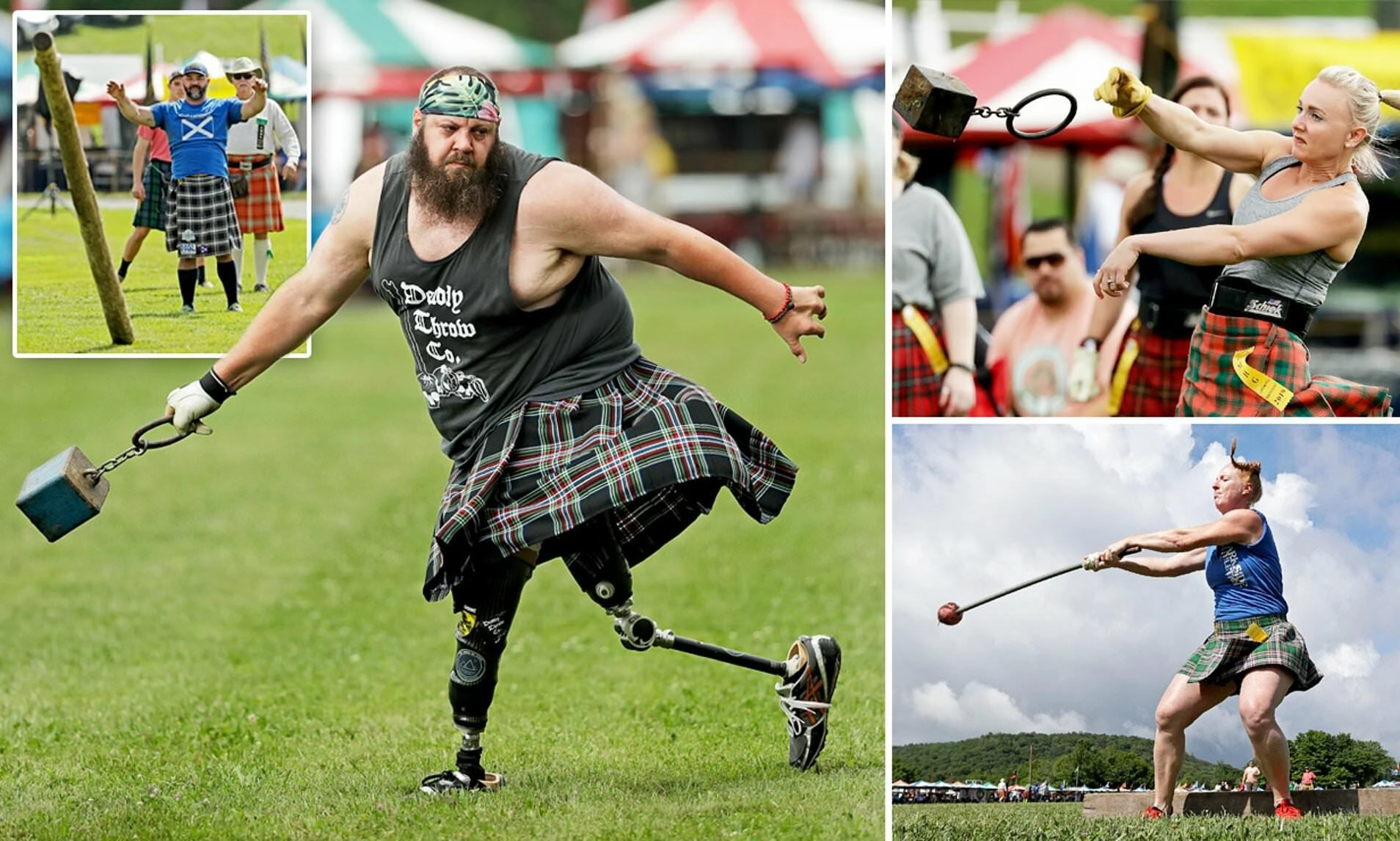
Were you aware that the influence of the Highland Games goes far beyond Scotland? There are more than 200 annual games and gatherings held around the globe in countries like the US, Canada, New Zealand, and Australia. These are not simply sport events but lively community festivals that enhance cultural ties and protect the Scottish heritage. Participants and spectators alike partake in a rich tapestry of highland games history and traditions, celebrating the skills of athletes who compete in events such as caber tossing, stone putting, and tug-of-war. Each gathering serves as a reminder of the deep-rooted connections between Scottish culture and its diaspora, fostering pride among communities worldwide. From traditional music and dance to local food delicacies, these festivals are a vibrant homage to Scotland’s enduring legacy.
In the year 1836, the first Highland Games held in the United States took place in New York, indicating the universal allure of these games. Subsequently, the Caledonian Club of San Francisco initiated the longest-running games in the US. The tradition has spread to other countries like New Zealand and Australia, contributing to the worldwide expansion of these games.
The global appeal of the Games lies in more than just sports traditions. It’s about uniting people to commemorate a shared lineage, resilience, and community spirit. Participating or watching the games makes you a part of a larger entity. You become a member of an international community that values cultural ties, traditions, and the freedom to celebrate heritage in a distinctive manner. So, why not take part and feel the excitement of the Games for yourself? It’s more than just a contest; it’s a global celebration of Scottish heritage.

